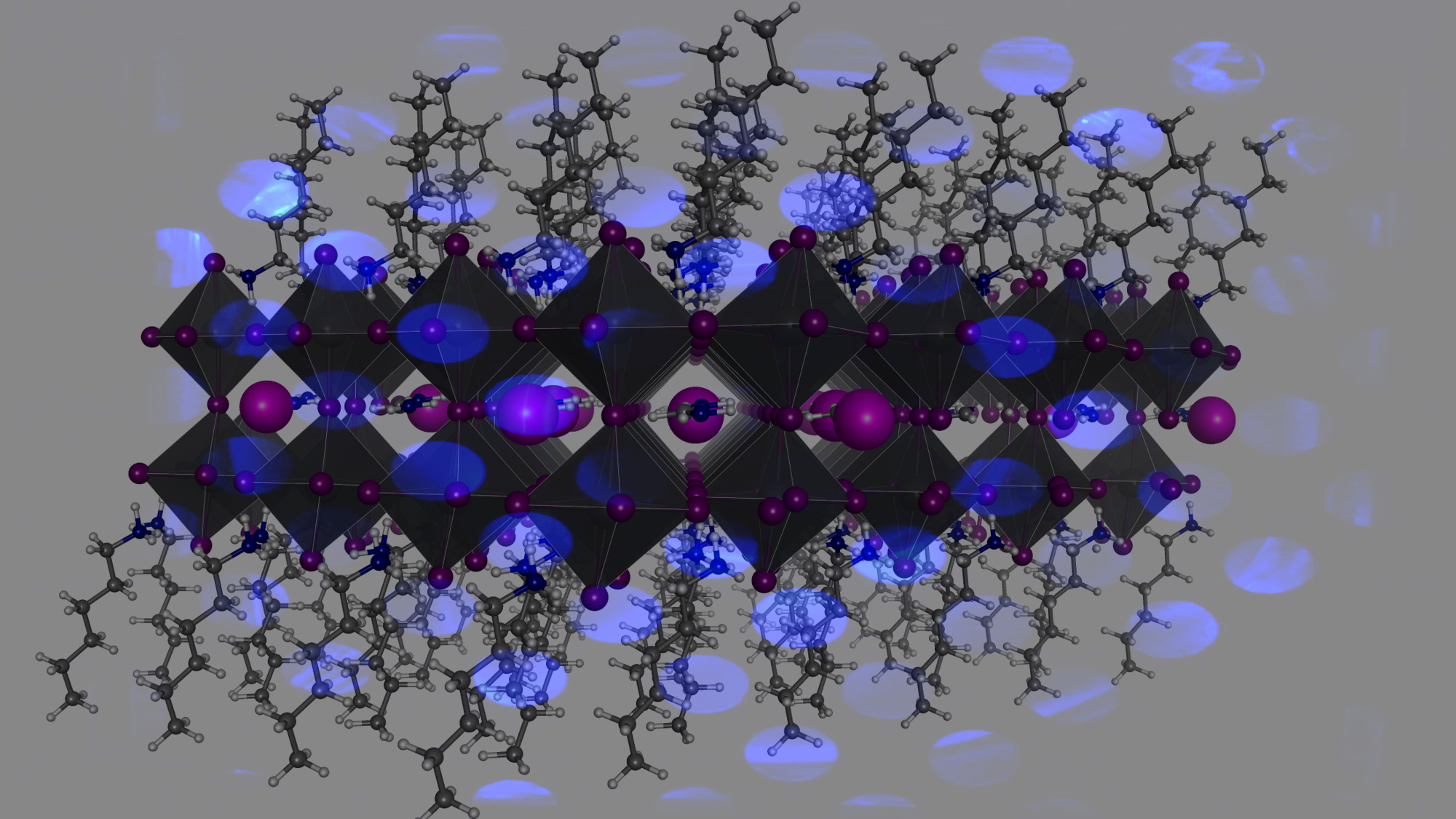Our focus
Our focus is set on synthesis, structural and microstructural characterization of functional inorganic and hybrid organic-ionorganic materials, as well as in applying the characterization results for optimizing the properties of materials.
More photos and news from our group (updated regulary): https://jasminkapopovic5.wixsite.com/crystfunctmatter
RESEARCH TOPICS
[1.] Structural investigations of hybrid organic-inorganic perovskites for applications in light emitting diodes and solar cells. Special focus will be placed on low dimensions perovskites (0D, 1D, 2D and quasi 2D). Perovskites of low dimensionality due to their structure allow tuning of optical properties and greater stability compared to 3D analogues but, on the other hand, satisfactory efficiency is not achieved, mostly due to insufficient understanding of the relationship of chemical composition, structural features and resulting properties. Therefore, it is extremely important to apply a synergistic approach, a combination of experimental research and theoretical calculations, which will shed light on the interplay between unique physical properties (exciton properties, electron-phonon binding, etc.), selection of perovskite building units, resulting crystal structure, optical properties and, finally, improved optoelectronic performance of solar cells and light emitting diodes.
[2.] Mechanochemical synthesis and structural characterization of new imidazolate networks for solid electrolyte applications for all-solid-state batteries. Imidazolate networks containing alkali and alkaline earth metals are completely unexplored while our preliminary research shows that due to their specific structural features they possess significant potential for application as solid electrolytes. We will conduct the research in collaboration with colleagues from the University of Geneva and colleagues at the Swiss-Norwegian Beamline at the ESRF.
[3.] Multiferroic materials. Preparation of new multiferroics from the group of inorganic-organic hybrid materials of ABX4 type by combining electronic properties of the used metal center, halogen coordination potential and intermolecular interactions enabled by careful selection of different organic ligands.
[4.] New pathways for synthesis of mixed metal oxides. Structural and microstructural studies of complex metal oxides prepared in the nano-regime by efficient "molecular-to-materials" pathways from heterometal complexes as precursors. Initiated research in this area will continue in collaboration with colleagues from the Department of Materials Chemistry. Synthesis, chemical, spectroscopic and structural characterization and application of various organic and inorganic semiconductors and composites based on polyaniline and TiO2 / ZnO in wastewater treatment processes will be investigated.
[5.] Development of algorithms for solving integral equations. We are currently developing algorithms in the laboratory for the extraction of the distribution function of relaxation times (DRT) and the distribution of diffusion times (DDT) and this will continue since both functions are extremely important in the analysis of electrochemical energy sources.


